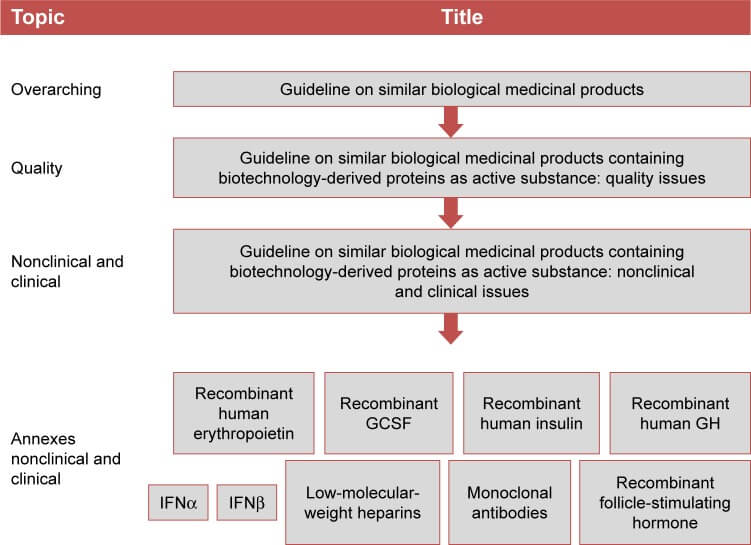 When drug patents expire, billions of dollars in revenues can disappear overnight as competitors enter the market. Accordingly, many investors focus on drug patents when evaluating drug companies.
When drug patents expire, billions of dollars in revenues can disappear overnight as competitors enter the market. Accordingly, many investors focus on drug patents when evaluating drug companies.
But, there are several other factors which can have profound impacts on the market for drugs and which operate alongside or independently of drug patents.
Get the DrugPatentWatch Daily Briefing
Daily Updates on Generic Entry, Litigation, Biosimilars, and more …https://www.drugpatentwatch.com/newsletter/daily-briefing.php
Here are some non-patent factors to consider when investing in drug companies.
Orphan Drug and Other Non-patent Regulatory Exclusivity
In the United States and other countries. Government regulatory agencies can use non-patent exclusivities, such as those available for Orphan Drugs, to incentivize the development of new medicines.
According to a 2015 report published by EvaluatePharma, the economics of orphan drugs mirrors the economics of the pharmaceutical market as a whole but has a few very large differences. The 2014 Orphan Drug report stated that the percentage of orphan drug sales as part of all prescription drug sales had been increasing at rapid rate.
The US FDA defines an Orphan Drug as one treating a disease affecting less than 200,000 Americans. Orphan Drugs are given seven years of market exclusivity, regardless of patent status. In the European Union, drugs with an orphan designation benefit from fee reductions and 10-year marketing exclusivity.
505(b)(2) Drugs
505(b)(2) drugs, sometimes called supergenerics, are a hybrid between a generic and a new drug application. Unlike generics, 505(b)(2) drugs can have different features from the drugs they’re based on and, unlike new drugs, 505(b)(2) drugs can cite safety and efficacy from drugs already on the market.
Regulatory aspects aside, the important consideration for investors is that 505(b)(2) drugs can work around some patents and they can also be used to improve the characteristics of already-approved drugs.
 For example, a company can use a 505(b)(2) application to get approval for manufacturing changes which allow them to work around synthesis patents on a branded drug. Similarly, a 505(b)(2) drug can have improved features, such as a preferred dosage form (e.g. oral vs injectable), fewer side effects, or a longer duration of action, when compared to the original drug.
For example, a company can use a 505(b)(2) application to get approval for manufacturing changes which allow them to work around synthesis patents on a branded drug. Similarly, a 505(b)(2) drug can have improved features, such as a preferred dosage form (e.g. oral vs injectable), fewer side effects, or a longer duration of action, when compared to the original drug.
All these factors can enable a 505(b)(2) drug to take market share from other drugs either before all their patents expire, or they can take market share from generics due to their improved properties.
Biosimilars
For small molecule drugs — those typically developed by traditional pharmaceutical companies — the primary source of competition is generic drugs. Drugs produced by biotechnology companies, commonly called biologics, are generally too complex for generic competition and instead face competition from ‘biosimilars.’
According to the Food and Drug Administration, a biosimilar is a biological product that is highly similar to and has no clinically meaningful differences from an existing FDA-approved reference product.
The important factor for investors to consider is that while the process of generic approval is well-defined and is based on generally predictable patent expirations dates, the process for biosimilar market entry and competition is more complicated.
 A benefit of the biosimilar production process is that while it is often impossible to identify generic entrants before they launch, for biosimilars it is possible to track the development of these competing drugs early in development. This allows investors to track the emergence of pricing pressures on biotechnology drugs and to anticipate which companies may take market share from originators.
A benefit of the biosimilar production process is that while it is often impossible to identify generic entrants before they launch, for biosimilars it is possible to track the development of these competing drugs early in development. This allows investors to track the emergence of pricing pressures on biotechnology drugs and to anticipate which companies may take market share from originators.
Litigation
Patent litigation can yield important information on the future prospects of both branded and generic firms.
Firstly, patent litigation may invalidate a patent, which can then lead to earlier-than-anticipated generic launch. Also, even if litigation is decided in favor of the brand, the generic firm may still be able to obtain a license for generic sales: See Viagra: A Complicated Case Study of Generic Entry.
Also, the FDA does not disclose the names of generic companies that challenge branded drug patents. It is only through litigation that one can find out which generics have filed drug applications, and therefore which generics may be first to launch.
 Even without reading the details of the litigation, it may be possible to anticipate the outcomes. For example, a branded drug company that has prevailed in multiple patent challenges would be expected to continue to succeed in future challenges as well.
Even without reading the details of the litigation, it may be possible to anticipate the outcomes. For example, a branded drug company that has prevailed in multiple patent challenges would be expected to continue to succeed in future challenges as well.
Finally, litigation related to contract disputes may reveal the previously confidential deal terms and shed light on the proprietary internal processes of companies. For example, see DrugPatentWatch’s article on How to Gain Intelligence on Royalties, Settlements, and More with Drug Patent Litigation Information.
Tentative Approvals
A key question when generics launch is who will be the first generic entrant? This is especially important with patent challenges, as a successful patent challenger may obtain six months of generic market exclusivity.
Although the FDA does not disclose the names of patent challengers, nor does it name companies which have filed generic drug applications, tentative approvals can help.
According to the FDA:
If a generic drug product is ready for approval before the expiration of any patents or exclusivities accorded to the reference listed drug product, FDA issues a tentative approval letter to the applicant.
So, tentative approvals can help identify which generic firms are poised to be first to market before they formally launch.
For more, see How to use Tentative Approvals to Anticipate Generic Entry.
New Drugs in Development
Generic drugs aren’t the only way that drugs face market erosion. Investigational drugs, if approved, can take market share because of better pricing, greater efficacy, or improved side-effect profiles.
 By tracking investigational drugs it is possible to anticipate potential new entrants which may erode the market share of established industry leaders.
By tracking investigational drugs it is possible to anticipate potential new entrants which may erode the market share of established industry leaders.
Tracking the companies engaged in clinical trials, and observing the clinical trial progress can also yield additional insights into the potential timing of market entry and which companies stand to benefit.
Summary
Biotechnology and pharmaceutical stock investing can be very lucrative and it doesn’t need to be complicated. Despite a reputation for being volatile and short-term risky investments the long-term value can be can be compelling.
There are many factors which complement drug patents in helping you make investment decisions. By better understanding the competitive landscape and which parties stand to benefit and which may be hurt, investors can improve their chances of outstanding returns.
























